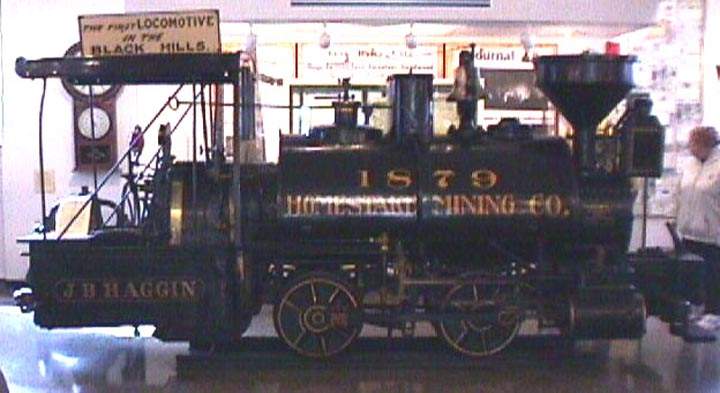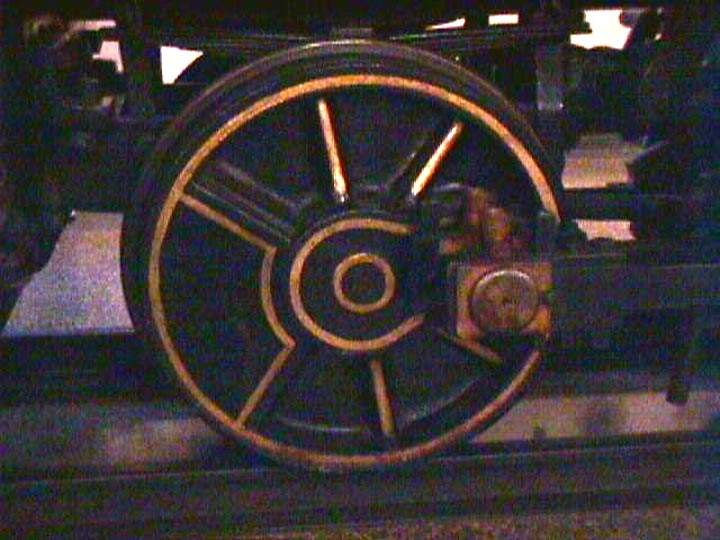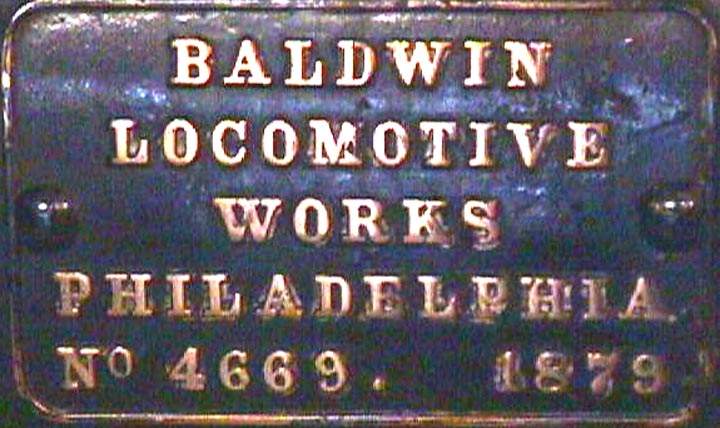Lionel Had It Right, After All!
By Bill Fuller, TCA 87-26705
When Daddy brought home my first Lionel, a used 2026 steam engine, I was only five, way too young to be critical of any unrealistic features it may have possessed. Similarly, when Santa left me a 736 Berkshire in 1951, I was all of seven and still not very critical of the design of my marvelous toys.
I was still running those steamers when I was a teenager, but by then I had seen and read enough about real locomotives to realize that there were a number of differences between them and my Lionels, notably the fact that real steam locomotives had spoked drive wheels and that daylight showed between those spokes.
My Lionel steamers, on the other hand, had solid drive wheels with raised spokes simply cast onto them to make the solid disks appear somewhat more realistic. While I could guess at some of the technological and economic factors that led Lionel to manufacture the wheels that way, the departure from reality increasingly niggled at me, and I became just a little less enchanted with my Lionel steamers as a result, until…
In the Adams Museum in Deadwood, South Dakota , resides the very first steam railroad locomotive brought into the Black Hills . Manufactured by Baldwin Locomotive Works in Philadelphia in 1879 and having a wheel gauge of twenty-two inches, the five-ton locomotive was owned by the Homestake Mining Company. Because at that time no rail line extended into Dakota Territory beyond the Missouri River , the beast was dragged across country and into the mountains by bull team.
Named the “J. B. Haggin” after one of the mining company’s original stockholders, the sturdy little engine went to work hauling ore from the mine shafts to the mill, averaging nearly 600 tons a day until it was replaced by a compressed air locomotive in 1906.
One of the interesting features of the J. B. Haggin is that it has four solid drive wheels with spokes cast onto them! Now painted gold to enhance their visibility, these “spokes” make the solid drive wheels appear exactly as slightly oversized Lionel postwar production. Guess postwar Lionel was doing their wheels right all along!








